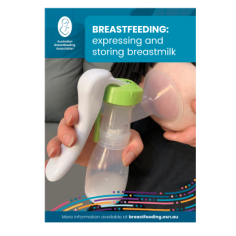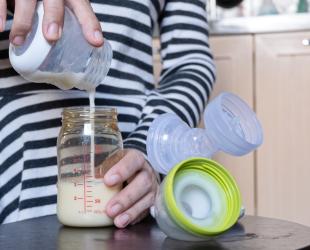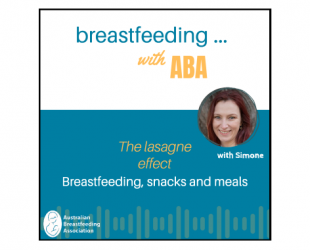Pacing feeds can make bottle-feeding more like breastfeeding

Breastfed babies are used to controlling how much milk they take at each feed. They come off the breast when they’ve had enough.
When feeding from a bottle, though, babies have less control and may take more milk than they need. This can make feeding feel stressful, especially if the milk flows too quickly.
Paced bottle-feeding helps babies manage the flow of milk, making bottle-feeds gentler and more comfortable. Anyone feeding a baby with a bottle—whether using expressed breastmilk or formula—can use these techniques.
Prepare small amounts of expressed breastmilk to reduce wastage. Learn more about preparing breastmilk.
If using formula, offering small amounts can help the baby take more breastmilk at the next feed.
Benefits of paced feeding
- It lets the baby drink the amount they want, not more than they need.
- Helps the baby breastfeed well when together with the breastfeeding mum, supporting her milk supply.
- Reduces the need to express extra milk to keep up with overfeeding.
- Makes feeds more relaxed and enjoyable for both the baby and the carer.
How to pace feeds
Watch for hunger cues: Feed the baby when they show signs of hunger, not by the clock. Try other settling techniques first, like a nappy change or cuddle, if you’re unsure.
Hold the baby upright: Support their head and neck with your hand.
Use a slow-flow teat: This helps the baby control the flow.
Let the baby take the teat: Gently brush the teat down the middle of the baby’s lips, especially the bottom lip. This encourages the baby to open their mouth wide so you can place the whole teat into their mouth. Don't push the teat in, let the baby take it.
Keep the bottle mostly horizontal: Tip the bottle just enough to fill the teat with milk. As the feed goes on, let the baby gradually lean backwards more so that milk stays in the teat. Keep their head and neck straight. At the end of the feed the bottle will be almost vertical.
Pause often: Let the baby rest every few minutes to avoid drinking too much, too fast.
Let the baby finish when ready. They may not need all the milk in the bottle and that’s okay.
© Australian Breastfeeding Association June 2025
Read more about preparing and feeding expressed breastmilk
Evidence-led info and practical tips from our Breastfeeding Information Series
Breastfeeding: expressing and storing breastmilk






